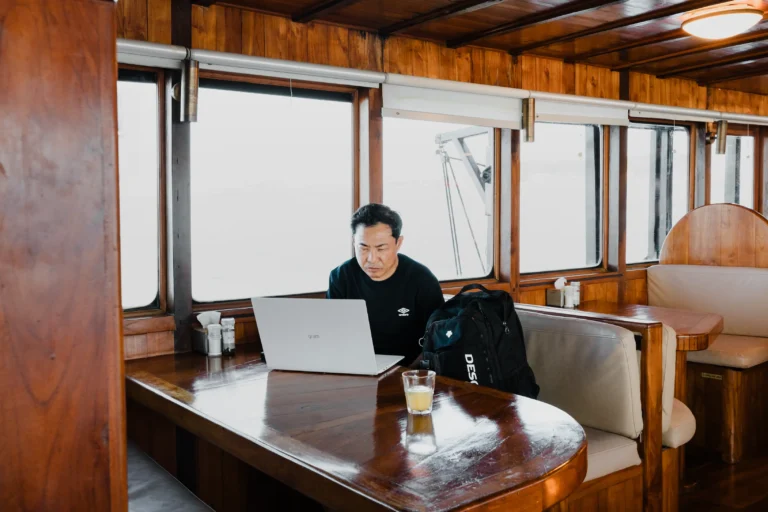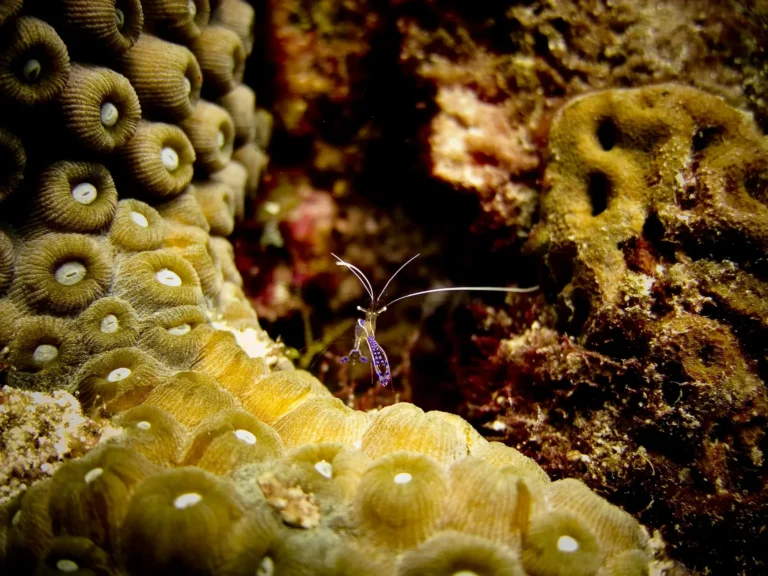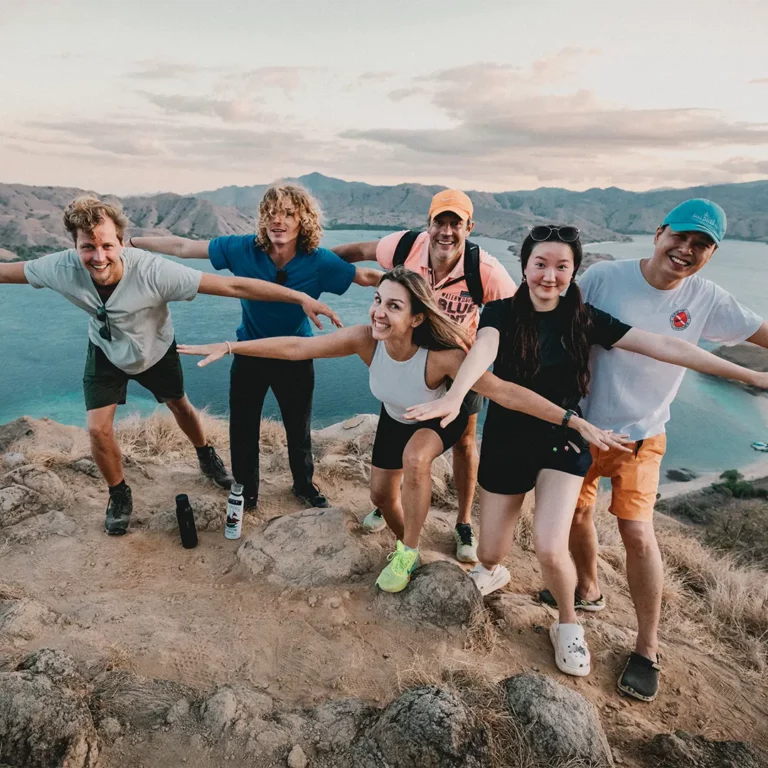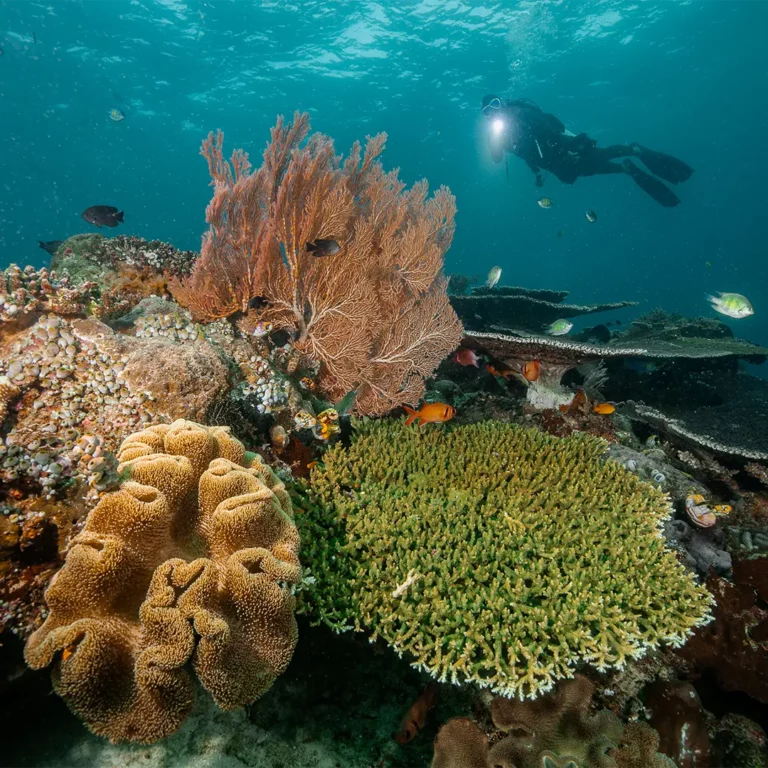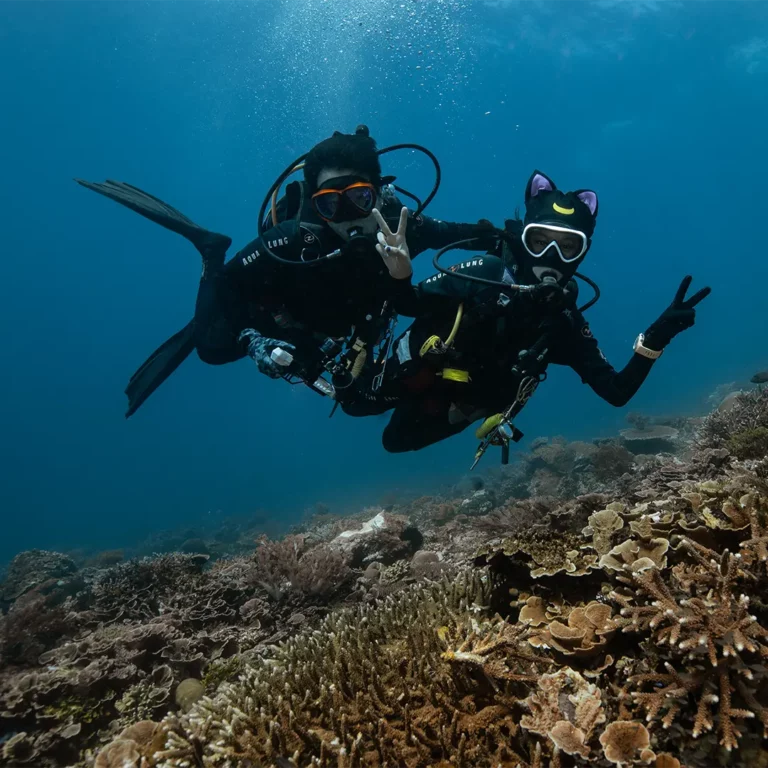Habitat loss, pollution, and illegal fishing practices not only diminish sea turtle’s populations but also disrupt the balance of marine ecosystems. As they struggle against mounting dangers, it’s important for us to recognize our role in their survival.
By understanding and addressing these threats, we can develop individual awareness on how to protect sea turtles for future generations.
Top Threats to Sea Turtles
1. Habitat Loss
Habitat loss is one of the most pressing threats to sea turtles. Coastal development for urbanization, tourism, and infrastructure often results in the destruction of nesting sites. Beaches that once provided safe havens for sea turtles are frequently altered or diminished, leading to reduced nesting success.
Additionally, rising sea levels caused by climate change led to beach erosion and loss of nesting habitats. The alteration of marine environments, such as coral reefs and seagrass beds, also hampers foraging opportunities, further pressing these ancient reptiles.
2. Marine Pollution
Pollution, particularly plastic waste, poses a severe threat to sea turtles. Turtles often ingest plastic debris, mistaking it for food, which can lead to blockages and internal injuries. Around 52% of marine turtles are known to have ingested plastic at some point in their lives.
Moreover, chemical pollutants from agricultural runoff and industrial processes degrade the water quality and food sources in their habitats, leading to poorer health outcomes for turtles and other marine life. Oil spills further complicate this issue, as they contaminate feeding areas and nesting beaches.
3. Fishing Practices
The fishing industry impacts sea turtle populations through bycatch—the accidental capture of non-target species. Turtles often become entangled in fishing gear, including nets, longlines, and traps. Studies estimate that thousands of sea turtles drown each year due to entanglement, drastically affecting their numbers.
Ghost fishing, caused by abandoned or lost fishing gear, exacerbates this issue. Implementing sustainable fishing practices and protective measures, such as the use of turtle-excluder devices (TEDs), is crucial to mitigate this threat.
ALSO READ : What is Allowed and Prohibited when Scuba Diving
4. Climate Change
Climate change poses a multifaceted threat to sea turtle species. Rising ocean temperatures affect nesting behaviour, with higher temperatures leading to skewed sex ratios in hatchlings—warmer sands produce more females.
Additionally, ocean acidification impacts the health of coral reefs, which are critical to various sea turtle species for both feeding and shelter. Changing ocean currents and weather patterns can disrupt migration routes, impacting access to feeding grounds and nesting sites.
5. Illegal Trade and Poaching
The illegal trade of sea turtles remains a significant problem. Turtles are hunted for their meat, eggs, and shells, with hawksbills being particularly targeted for their beautiful shells used in jewellery and ornamentation.
Despite numerous international laws prohibiting the trade of endangered species, enforcement remains a challenge in many regions, leading to continued exploitation of these creatures. Efforts to combat poaching and illegal trade include increased surveillance and stricter penalties for offenders.
ALSO READ : 11 Interesting Things to Know About Seahorses
6. Diseases and Invasive Species
Sea turtles are susceptible to various diseases, with Fibro papillomatosis—a virus that causes tumor growth—affecting many populations. The proliferation of invasive species such as predatory fish and terrestrial animals (e.g., dogs and raccoons) can threaten turtle nests and hatchlings. These invasive species may consume turtle eggs or compete for the same resources, further impacting their survival.
Conservation Efforts
Conservation efforts to protect sea turtles involve a multifaceted approach that combines legal protections, community engagement, and research initiatives. International treaties, such as the Convention on International Trade in Endangered Species (CITES), regulate the trade of endangered species, while national laws, like the U.S. Endangered Species Act, offer specific protections for sea turtles and their habitats.
Community engagement is also crucial; local populations are educated about the importance of sea turtles and encouraged to participate in conservation efforts. Nesting site protection initiatives often involve volunteers who monitor beaches to safeguard nests from poaching and disturbance.
How Individuals Can Help
Every individual can play a significant role in the conservation of sea turtles by adopting simple yet impactful practices. Reduce plastic use by opting for reusable bags, bottles, and containers to minimize ocean pollution, which is a major threat to these creatures.
Participating in local clean-up events at beaches and waterways helps remove debris that can harm marine life.
When visiting coastal areas, always observe nesting sites from a distance, avoiding any disturbance to the turtles or their eggs. Educating friends and family about the importance of sea turtles and the threats they face can foster a collective commitment to their protection.
Furthermore, you can support sustainable seafood choices by selecting fish caught using eco-friendly methods, thereby reducing bycatch. Additionally, consider donating to or volunteering with organizations dedicated to sea turtle conservation, which often rely on community support to carry out their missions.
Lastly, advocate for policies that protect marine habitats and support the establishment of marine protected areas. By taking these actions, individuals can contribute to the collective effort to ensure a safer future for sea turtles.


